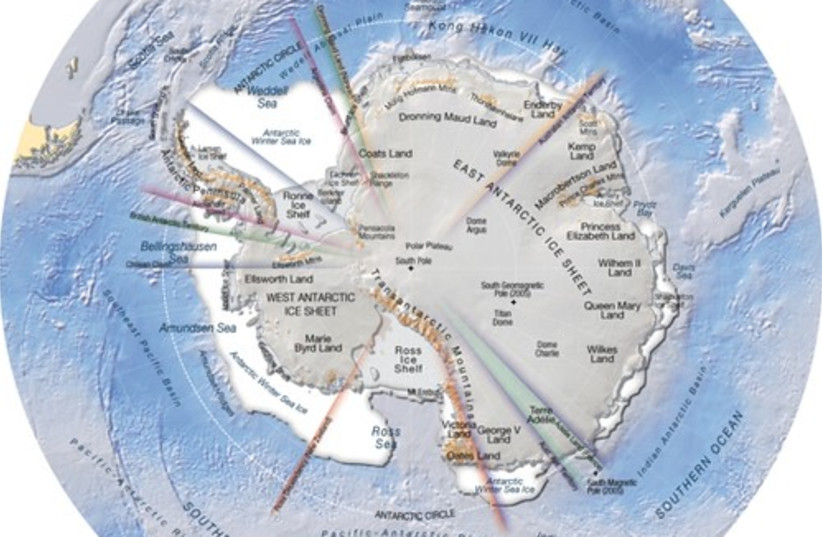Antarctic melting, major sea level rise is 'not inevitable' - study

Melting of the Antarctic ice cap is contributing to globally rising ocean levels. However, scientists have noticed that the rate of ice loss in one glacial section has slowed.
Researchers from UK and US universities used satellite data and previously synthesized records of grounding-line locations (the area where ice shifts from being a grounded ice sheet to a free-floating ice shelf) to observe significant variability in glacial ice loss between different locations in West Antarctica. The records mapping grounding-line locations spanned a twelve-year period from 2003 to 2015.
The findings from the research were published in the peer-reviewed, open-access scientific journal Nature Communications this Monday.
In the study, the researchers noted that over the period of time they were mapping ground-line locations there was variability in the rate of glacial retreat from the coasts of West Antarctica's Bellingshausen and Amundsen Seas. Namely, while the rate of ice loss from the Bellinghausen Sea was accelerating, the rate slowed on the Amundsen Sea coastline.
Antarctica losing ice at massive annual rate
The slowing of the rate of ice loss from the Amundsen Sea embayment marks a departure from an overall trend of steady losses in ice that scientists have observed over recent decades. According to the National Aeronautics and Space Association (NASA), Antarctica has been losing ice, through melting, at an average annual rate of roughly 150 billion tons.
The health of Antarctica's ice sheets is crucial for maintaining a stable equilibrium for many of the planet's ecosystems and human populations. They store a significant proportion of all the water on Earth. In fact, according to the Antarctic and Southern Ocean Coalition, if the Antarctic Ice Sheet were to melt, global sea levels would rise by about 200 feet. It would take a small fraction of that to melt to have serious consequences.
For instance, a 2021 study authored by Ronald Vernimmen in the Nature Communications journal reported that, in 2020, 267 million people were living less than 2 meters above sea level.
Why has the rate of ice loss slowed on the Amundsen Sea coast?
The researchers attributed the reduction in the rate of ice loss in the Amundsen Sea embayment largely to the suppression of westerly winds. In the study, the researchers explain, that "westerly winds at the continental-shelf break promote the upwelling and ingress of relatively warm circumpolar deep water (CDW) to the coast."
Consequently, less intense westerly winds result in less relatively warm water available to contribute to melting.
Modeling future trends in Antarctic ice loss has proven challenging for scientists for reasons such as how, and to what degree, climate-forcing factors such as carbon emissions will play a role in decades. However, while such open-ended questions maintain a level of uncertainty around the issue, they also allow some optimism.
For example, a reduction of carbon emissions could further slow melting. Furthermore, the reduction in the rate of melting in the West Antarctic demonstrates that it is possible to slow the process down. It is hence not inevitable that the future sees unmanagable rises in sea levels.
Jerusalem Post Store
`; document.getElementById("linkPremium").innerHTML = cont; var divWithLink = document.getElementById("premium-link"); if (divWithLink !== null && divWithLink !== 'undefined') { divWithLink.style.border = "solid 1px #cb0f3e"; divWithLink.style.textAlign = "center"; divWithLink.style.marginBottom = "15px"; divWithLink.style.marginTop = "15px"; divWithLink.style.width = "100%"; divWithLink.style.backgroundColor = "#122952"; divWithLink.style.color = "#ffffff"; divWithLink.style.lineHeight = "1.5"; } } (function (v, i) { });

